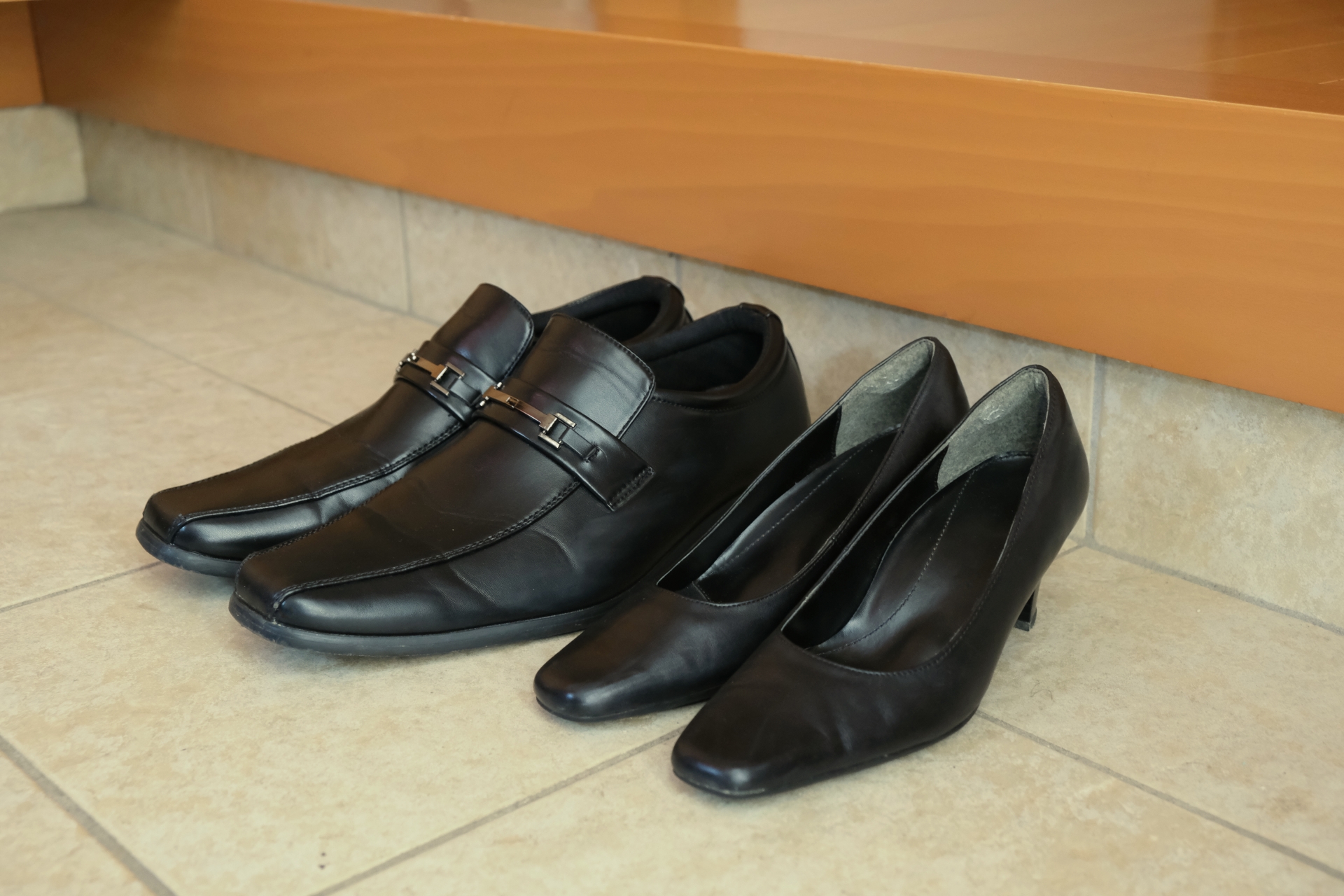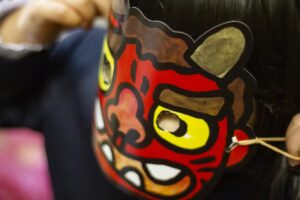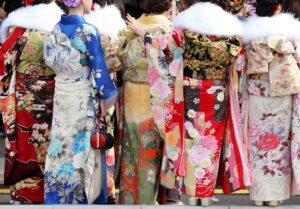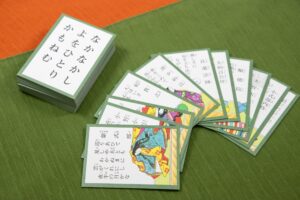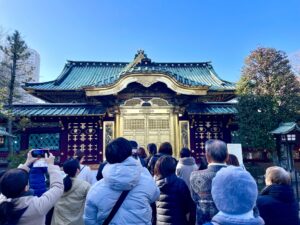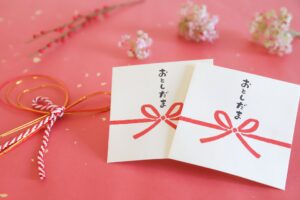Removing shoes indoors is a long-standing tradition in Japan, one that surprises many first-time visitors. But behind this custom lies a mix of practical, cultural, and social values that shape daily Japanese life. In this article, we’ll dive into the reasons behind this practice, what it reveals about Japanese society, and what you need to know if you’re visiting or living in Japan.
The Cultural Significance of Removing Shoes in Japan
Removing shoes indoors is more than a matter of cleanliness in Japan—it’s a deeply rooted cultural practice shaped by history, architecture, and social values. Historically, Japan’s humid climate influenced the development of homes with elevated flooring made from tatami mats and polished wood. These materials are sensitive to dirt and moisture, making outdoor footwear impractical indoors. Leather shoes, introduced from the West, trap humidity and debris, further necessitating a clear division between “outside” and “inside” wear.
This division aligns with a fundamental concept in Japanese culture: the boundary between “uchi” (inside) and “soto” (outside). This isn’t just about physical space but also social relationships and behavior. Removing shoes is a symbolic gesture marking entry into a personal, respectful space. It reflects values of purity, respect for shared living areas, and mindfulness about one’s impact on others. During the Meiji era, when Western shoes became widespread, the act of taking off shoes gained new prominence as Japanese homes adapted to new footwear while preserving traditional floor materials. This practice continues today as a quiet, habitual way of honoring centuries of cultural thought.
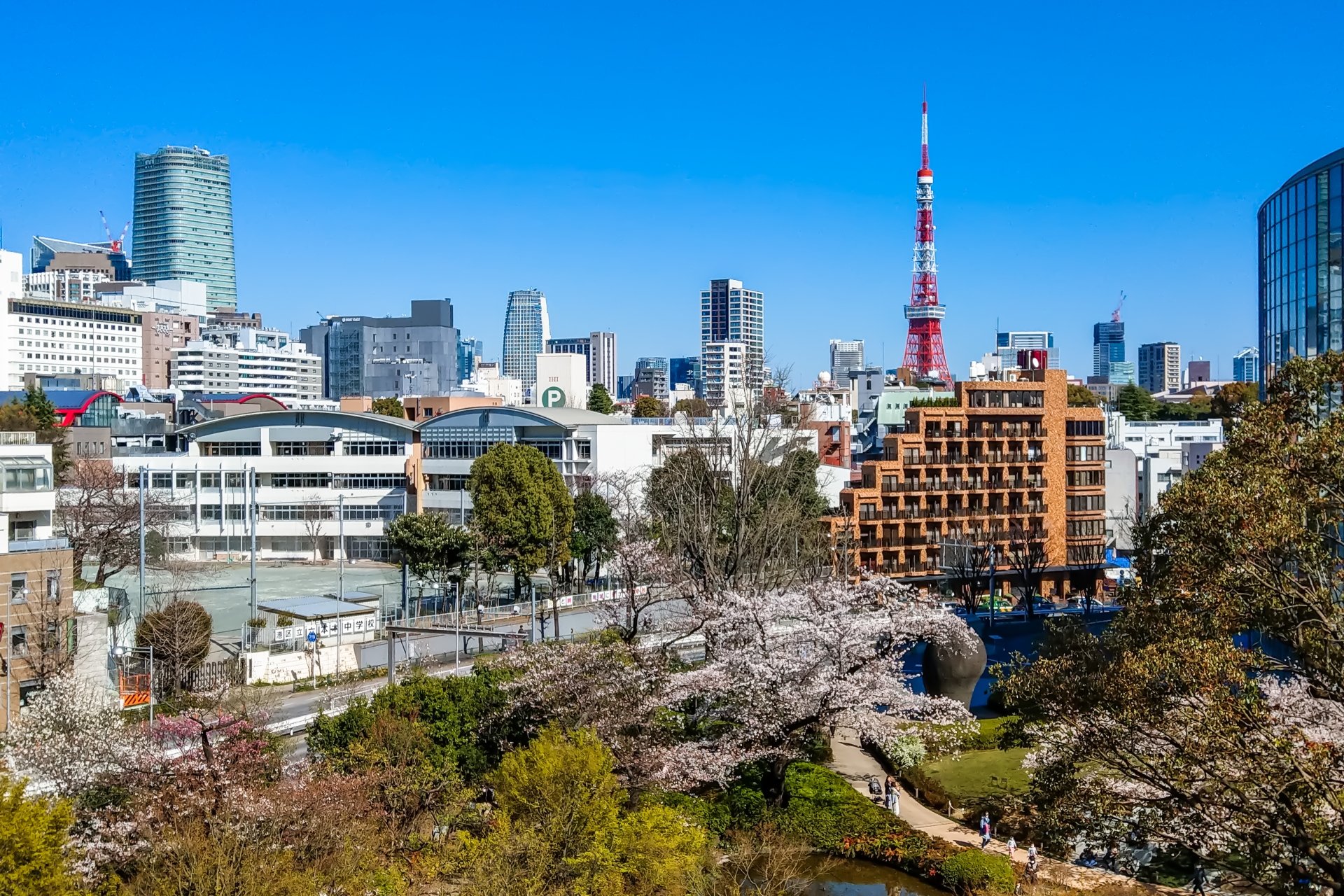
The Role of the Genkan: A Japanese Entryway Explained
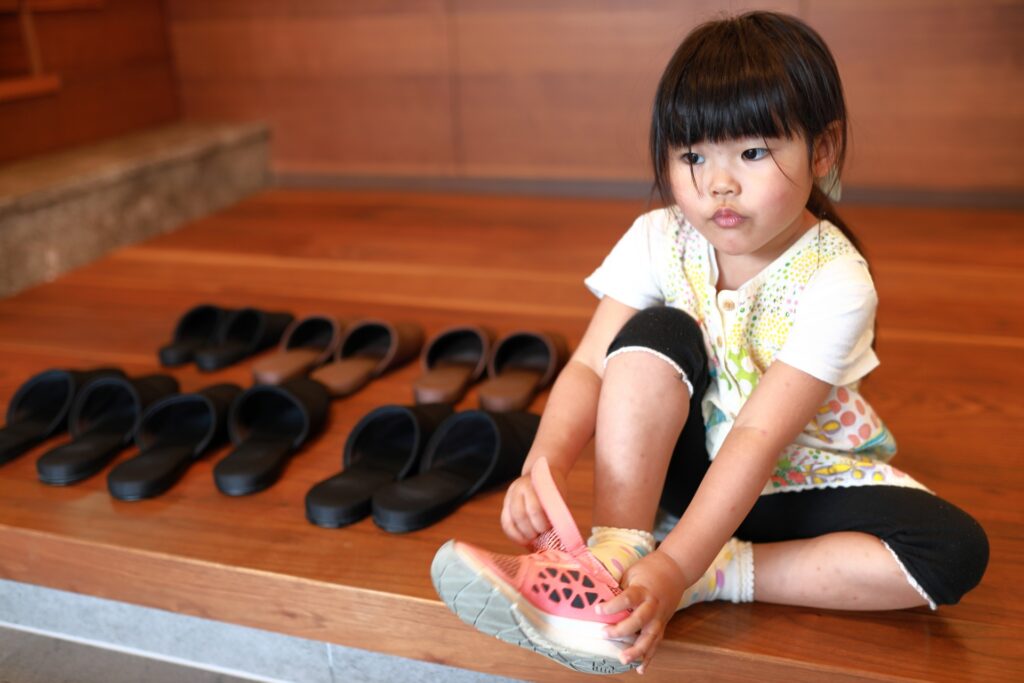
The genkan is more than a simple entryway—it’s an essential architectural and cultural feature of Japanese homes, schools, and even some businesses. Structurally, it’s a lowered space between the front door and the main living area, marking the transition between the outside world and the inner sanctum of the home. Here, shoes are removed and stored before stepping up onto the raised floor.
Typically, visitors place their shoes neatly facing outward toward the door. This not only allows for easy exit but also reflects respect for the host. Households often provide guest slippers for indoor use, and there are designated shelves or cubbies for organizing footwear. The genkan symbolizes the threshold between two distinct realms: the public and the private. It gently enforces the ritual of cleanliness and introspection every time someone enters or leaves the home. Its function goes beyond convenience—it sets the tone for the entire home visit, underscoring the importance of respect, boundaries, and order in Japanese culture.
Hygiene and Psychological Benefits of Removing Shoes
While the custom of removing shoes began for cultural and practical reasons, modern science now supports it as a hygienic best practice. Outdoor shoes carry a cocktail of contaminants including dirt, bacteria, toxins, and pollutants picked up from roads, public spaces, and restrooms. Studies have shown that pathogens like E. coli and various allergens are commonly found on shoe soles, making them a potential source of indoor contamination.
From a psychological perspective, the act of taking off one’s shoes contributes to a sense of mental relief and separation from the outside world. It creates a boundary that helps people shift into a more relaxed and personal state of mind. Much like changing into loungewear at home, removing shoes signals the beginning of personal time and comfort. It contributes to what psychologists call “environmental cues,” triggering a subconscious transition from public performance to private authenticity. In Japan, this transition is both physical and symbolic, reaffirming the home as a place of rest, cleanliness, and emotional safety.
Common Indoor Footwear in Japan: Slippers, Socks, and Bare Feet

Once inside a Japanese home, it’s common to wear indoor slippers, known as “uwabaki” or simply “slippers.” These are soft, easy-to-wear shoes meant solely for indoor use. Visitors are typically offered guest slippers, and it’s considered good manners to accept and wear them. In some homes, especially among family members, people may go barefoot or wear socks instead, depending on personal preference and the type of flooring.
Interestingly, there are specific slippers designated for the toilet area, separate from those used in living spaces. These toilet slippers are kept at the entrance of the restroom and must never be worn elsewhere in the home—a mistake often made by foreigners unfamiliar with this custom. In traditional tatami rooms, slippers are usually removed entirely, as the delicate mats can be easily damaged.
When visiting someone’s home, it’s a good idea to wear clean socks without holes. Some people also opt for foot covers or clean, odor-free stockings to avoid embarrassment. The indoor footwear system in Japan illustrates the importance of contextual behavior and underscores the nation’s high regard for shared cleanliness and thoughtful etiquette.
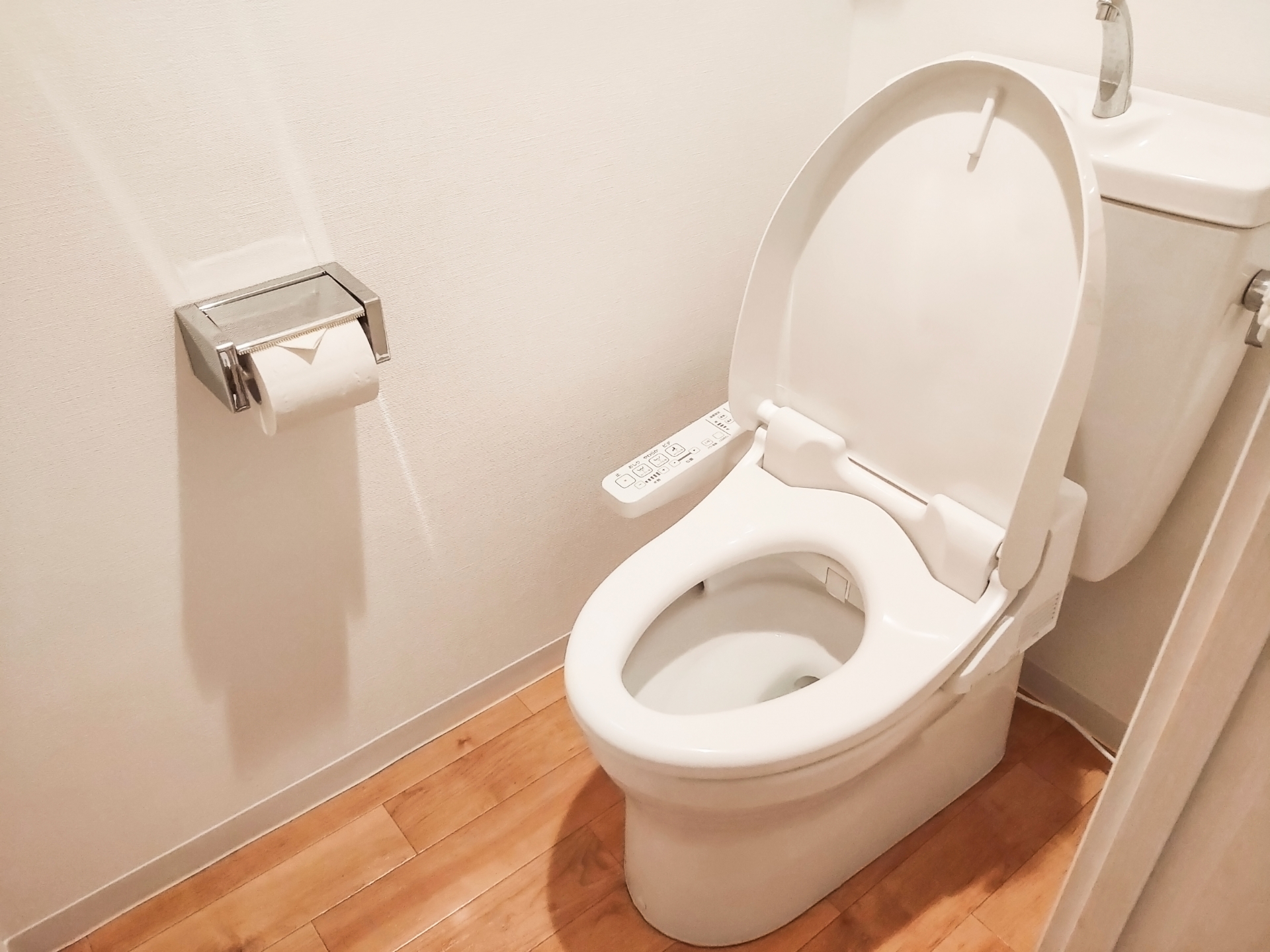
What Happens If You Don’t Remove Your Shoes in Japan?
Failing to remove your shoes in a Japanese home is considered a major faux pas. It’s not just a minor etiquette slip—it can be perceived as a sign of disrespect or even ignorance. While most Japanese hosts will politely point out the expectation, it creates an awkward situation that disrupts the harmonious tone of the visit.
Anecdotes abound of travelers or new residents walking into homes or ryokan inns with their shoes on, only to be gently but firmly redirected back to the genkan. In workplaces or schools, there are often clear signs and shoe lockers (getabako) to prevent such misunderstandings. Though most people are forgiving of honest mistakes, repeated missteps can affect one’s social rapport, especially in formal settings.
Understanding and respecting this practice not only helps avoid social embarrassment but also demonstrates cultural sensitivity. Even for those not accustomed to the custom, following it is a simple gesture that speaks volumes about one’s willingness to integrate and adapt.

Is This Practice Unique to Japan? Comparing with Other Cultures
While Japan is famous for its ritualized shoe etiquette, it is not alone in this practice. Many Asian countries, including Korea, China, and Thailand, also observe a tradition of removing shoes indoors. In Korean homes, shoes are typically left at the door and replaced with indoor slippers. Similarly, Chinese households often enforce a no-shoes rule, especially in urban apartments with tile or wood floors.
What sets Japan apart is the architectural and cultural emphasis placed on the transition zone: the genkan. Unlike the informal foyers in other countries, the genkan is a space with symbolic significance, signaling a change in behavior and mindset. Japan also has specialized indoor footwear and clearly delineated spaces (e.g., toilet slippers, tatami areas), reflecting a more codified approach.
In contrast, many Western countries, especially the U.S. and parts of Europe, view keeping shoes on indoors as normal. However, this is gradually changing, particularly among younger generations who are more aware of hygiene concerns. Even so, Japan remains distinctive in how its architectural design and social values come together to reinforce this tradition.
Changing Trends: Do All Japanese Still Follow This Rule?

Although removing shoes indoors remains widely practiced, modern Japanese society is not monolithic. Urbanization and globalization have introduced changes, especially in metropolitan areas where Western-style homes and flooring are common. Some homes are now built with extended “doma” spaces—hard-floored areas that reduce the prominence of the traditional genkan step-up ledge (agari-kamachi). Yet, even in these homes, many residents still choose to remove their shoes out of habit and cultural consistency.
In workplaces, schools, and some public facilities, indoor shoes are often worn instead of slippers, offering a practical compromise. Students typically bring their own set of clean shoes to wear indoors (uwabaki), while some modern offices provide slipper-like alternatives for employees and guests.
Generational differences also play a role. Younger Japanese may be more relaxed about certain customs, but most still uphold the shoe-removal tradition, especially in their homes. In rural areas and older households, the practice remains strictly observed. Overall, while the form may evolve, the function and cultural meaning of removing shoes indoors persists across generations.
Tips for Visitors: What to Do When Entering a Japanese Home
- Look for the Genkan: Pause at the entryway and remove your shoes before stepping up.
- Face Shoes Outward: Place your shoes neatly, toes facing the door for easy departure.
- Use Guest Slippers: Accept and wear slippers offered by the host.
- Don’t Wear Slippers on Tatami: Remove slippers when entering traditional rooms with straw mats.
- Toilet Slippers Are Separate: Use the special slippers provided in the bathroom, and never wear them outside that area.
- Wear Clean Socks: Avoid embarrassment by ensuring your socks are clean and presentable.
- When in Doubt, Ask: If you’re unsure about the protocol, politely ask your host. It shows respect and willingness to learn.
Conclusion: More Than Just Clean Floors — A Window into Japanese Values
Removing shoes indoors is not just about keeping the floor clean. It reflects a deeper cultural ethos centered on mindfulness, respect, and boundary awareness. The genkan is more than an entryway—it’s a symbolic threshold between public and private, chaos and calm. Through small, habitual gestures like taking off shoes, Japanese culture emphasizes the importance of harmony, cleanliness, and interpersonal respect.
Whether you’re a visitor, an expat, or a cultural enthusiast, embracing this tradition is a meaningful way to connect with Japanese life. It’s an invitation to slow down, be present, and show thoughtfulness toward others. In a world that often rushes, this simple act offers a quiet moment of consideration—one pair of shoes at a time.

